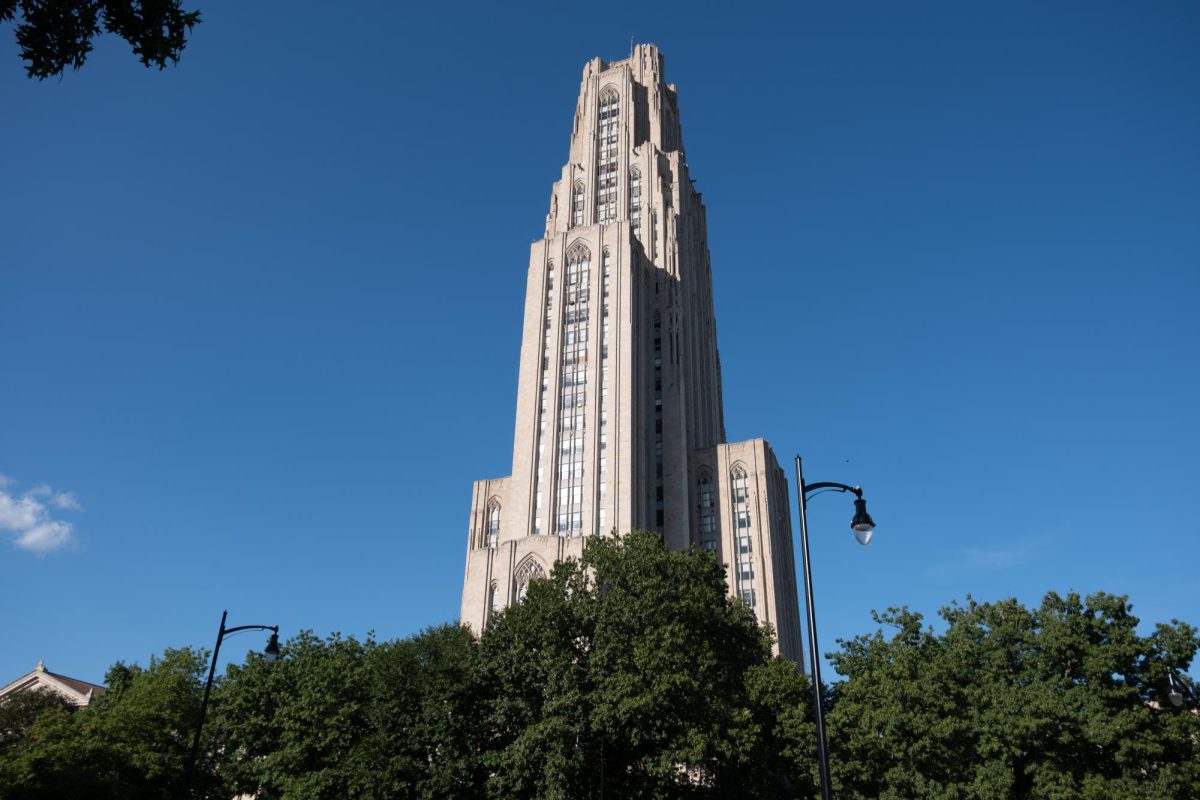Editorial: Renovations should extend to other campus buildings
March 5, 2014
Pitt is moving forward with yet another improvement to campus buildings. This time, however, administrators aren’t building another residence hall, but improving the existing buildings on campus.
The Cathedral of Learning, Clapp Hall, Chevron Science Center, the Network Operations Center at the Regional Industrial Development Corp. East and the mid-campus complex will all see significant improvements to internal and external structures.
The move, approved yesterday by the Property and Facilities Committee of Pitt’s Board of Trustees, is a much needed move to enhance outdated, energy-inefficient buildings existing on campus. With improvements to Student Health Services and a new residence hall among other previous infrastructural changes, these renovations provide substantial improvements to buildings that have long been marred by inefficiency. While the committee’s moves should be commended, work still needs to be done to improve other important student centers. Primarily, improvement is needed to make campus buildings more technologically efficient, and while these renovations scratch the surface, they should go further.
The current $58 million proposal that was passed, for one, includes a $34 million reinvigoration of Clapp Hall, home to the Department of Biological Sciences. The structure will receive both interior and exterior renovations, with the bulk of changes happening internally. The building houses laboratories, classrooms, offices and support spaces, all of which will be reconfigured and enhanced. What is more, the exterior masonry will be repointed, and the roof, windows and doors will be replaced, according to a press release.
Most notably, the renovations hope to earn the building LEED Silver certification for advanced energy-efficient technology once completed.
In terms of improving energy efficiency on campus, another problem the committee could have addressed is the egregious amount of electricity Wesley W. Posvar Hall and other campus buildings consume. Posvar, for those unaware, is lit essentially 24 hours a day. Reducing usage of electricity, or finding more substantial energy-efficient solutions beyond what has been implemented, should be next on the committee’s agenda.
The renovations proposal thankfully also includes the Cathedral of Learning, which is getting a substantial improvement in travel routes through the building. Namely, the committee plans to spend $10 million on improving the elevators within Pitt’s most iconic building. The renovation is the first of its kind for the elevators and hopes to create a “computerized, ‘destination-based’ dispatch system that will reduce waiting and travel times.” This comes as welcome news since traffic in the Cathedral often accumulates around the aging elevator system. Plus, the new elevators will be more energy-efficient, an aspect that is common among the many renovations soon to come.
While the elevator renovations will help to eliminate congestion in the Cathedral, more can still be done. The technological components of classrooms and lecture halls in the building are in dire need of improvement. Where buildings such as Mervis Hall, Sennott Square and Benedum Hall lead the pack in technological offerings and energy efficiency on campus, a building that gets as much use as the Cathedral deserves renovation. The committee has to look at proposals to improve other campus buildings, particularly in terms of their technology.
Overall, these renovations couldn’t come sooner, but we hope more are in the pipeline.


